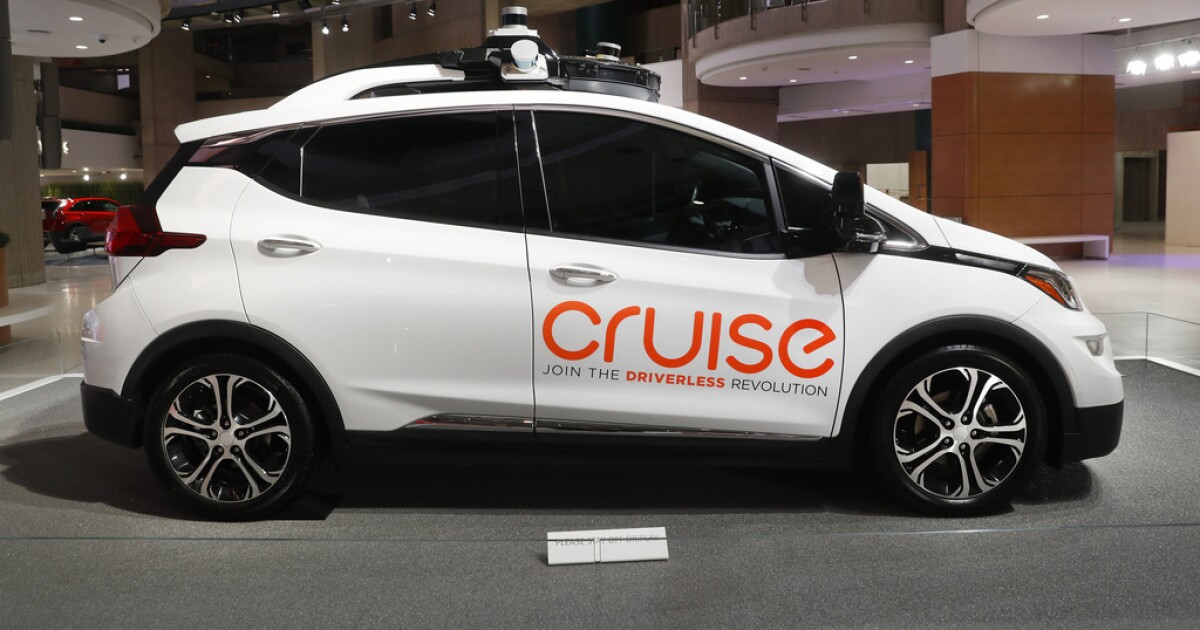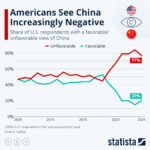

The troubled rollout of robotaxis in San Francisco illustrates the struggles facing efforts to replace human drivers with software.
Cruise, a robotaxi startup funded by General Motors that began operating commercially in San Francisco in 2022, has encountered several regulatory barriers while expanding its services to the public. A series of high-profile crashes and software-related safety failures have led to leadership resigning and a nationwide recall of its vehicles. Now, it has been forced to review its software and account for the aspects of driving that artificial intelligence cannot handle in a human-filled street.
Cruise’s engineers believed it was “ready for scale,” Susan Shaheen, a professor at the University of California, Berkeley, told the Washington Examiner. It’s unclear if they could “see the limitations or challenges that they might be facing at scale in the real world,” Shaheen said.
Cruise began expanding its fleet in August after the California Public Utilities Commission authorized it to offer taxi services to anyone in San Francisco. This update to Cruise’s business model allowed everyday users to request a driverless vehicle to transport them where they desired and was viewed as a mass experiment to see if driverless cars could flourish in the city’s streets.
But problems quickly arose. At least nine crashes involving Cruise vehicles were reported to the California Department of Motor Vehicles. These included incidents where Cruise vehicles drove over pedestrians, inhibited emergency responders, or limited traffic for hours.
The incidents forced the California Department of Motor Vehicles to suspend the company’s permits and the CPUC to reevaluate whether the software was safe. The robotaxi company quickly responded by recalling 950 vehicles across the United States while it reviewed its software. Cruise CEO Kyle Vogt also resigned on Sunday, leaving the company in the hands of Mo Elshenawy, Cruise’s executive vice president of engineering. The startup is now in the process of finding ways to win back public trust.
Cruise has “paused operations while we take time to engage third-party experts and strengthen public trust,” the company said in a statement emailed to the Washington Examiner. “The results of our ongoing reviews will inform additional next steps as we work to build a better Cruise centered around safety, transparency, and trust.”
One of the main selling points of robotaxis is removing the “human factor” that leads to vehicular injuries. Drivers no longer have to worry about how their tiredness or distractions may cause them to slip up and collide with another vehicle. But Cruise’s struggles show how far the startup has to go before it can ensure safe travel.
“The point of self-driving cars is not to eliminate accidents, but to reduce the number of accidents,” Vahid Behzadan, a data and computer science professor at the University of New Haven, told the Washington Examiner.
While AI can rely on maps or road signs to stay on track, Behzadan said, it cannot always sufficiently account for quickly changing scenarios like speeding cars or emergency vehicles. This slow response may put the vehicles at risk and cause injury to their passengers. The companies will have to create guardrails to account for these situations.
While controlled tests can offer substantial data for creating guardrails, Shaheen argued, they cannot account for all of the possible chaos that may arise on the road.
Cruise is not the only one having problems with human collisions. The Google-funded robotaxi startup Waymo was involved in more crashes between Jan. 1, 2022, and August 2023 than Cruise, but resulted in fewer injuries. The two companies offered robotaxi services to a limited audience during that period.
CLICK HERE TO READ MORE FROM THE WASHINGTON EXAMINER
These struggles are likely not the end for Cruise, however. General Motors has several significant investments in self-driving cars and is intent on revamping its software to make it safer. Whether those changes will win over the public remains to be seen.
The events around Cruise are also a chance for state regulators to evaluate if they have sufficient guidelines for the growing number of self-driving cars.”What you see is the regulators coming in and saying, ‘Hey, technology’s getting out in front of the policymakers. How do we recalibrate this relationship?'” Shaheen said. “And I think that’s a lot of what we’re seeing.”





